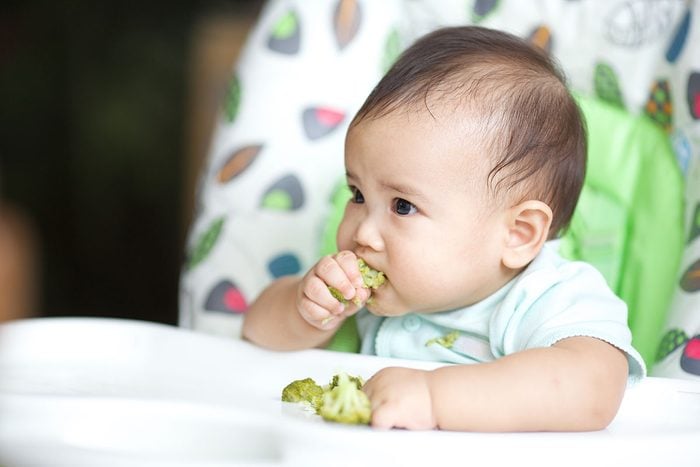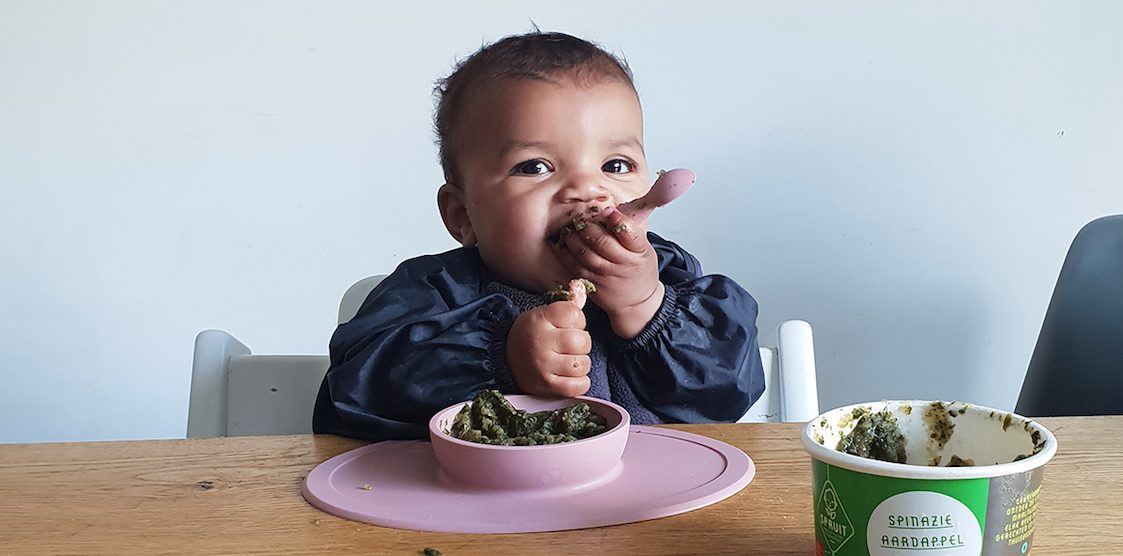Baby-led weaning, also known as BLW, is a popular approach to introducing solid foods to infants that focuses on self-feeding and allowing babies to explore and enjoy a variety of foods at their own pace. This approach has gained popularity in recent years as an alternative to traditional spoon-feeding methods. Here, we’ll explore six key aspects of baby-led weaning and its benefits for both babies and parents.

This Is A Great Method To Feed A Baby
What is baby-led weaning? Baby-led weaning is a method of introducing solid foods to babies by allowing them to self-feed with finger foods instead of being spoon-fed purees. It encourages babies to participate in mealtime, explore the textures and flavors of different foods, and develop their self-feeding skills. Babies are encouraged to pick up and eat foods on their own, allowing them to develop their fine motor skills, hand-eye coordination, and chewing abilities.
How does baby-led weaning work? Baby-led weaning typically starts around six months of age, when babies are developmentally ready for solid foods. Parents offer a variety of nutritious and appropriately-sized finger foods, such as soft fruits, cooked vegetables, and pieces of meat or fish, that are easy for babies to hold and manipulate. Babies are encouraged to feed themselves, using their hands or utensils, and to eat at their own pace. It’s important to offer a wide range of textures, flavors, and colors to expose babies to different tastes and encourage them to become adventurous eaters.
Benefits of baby-led weaning. Baby-led weaning offers several benefits for both babies and parents. First, it promotes healthy eating habits by allowing babies to learn to self-regulate their appetite and eat according to their hunger cues, which can help prevent overfeeding and promote a healthy relationship with food. BLW also encourages babies to develop their chewing skills, which can support speech and language development. Additionally, BLW promotes independence and autonomy in babies, as they are empowered to make their own food choices and feed themselves, which can help foster self-confidence and motor skills development.

Baby Led Weaning
Safety considerations. While baby-led weaning can be a safe and effective way to introduce solid foods, it’s important to follow some safety guidelines. Parents should always supervise their baby during mealtime to prevent choking hazards, such as offering foods that are small and soft enough for baby to easily gum or mash with their gums. Foods like whole nuts, hard candies, and large chunks of meat should be avoided. It’s also important to be aware of potential allergens and to introduce one new food at a time to monitor for any adverse reactions. Consulting with a pediatrician or a registered dietitian can provide guidance on appropriate foods and safety precautions.
Challenges of baby-led weaning. Baby-led weaning may not be suitable for all families or babies. Some parents may find it messy or challenging to let their baby self-feed, as it can result in food spills and messes. Babies may also take longer to eat, as they are learning to feed themselves, which can require patience from parents. Additionally, some babies may have difficulty picking up and manipulating foods, or may not show interest in self-feeding initially. It’s important to be flexible and responsive to the needs and cues of your baby during the process.

Here Are Some Tips
Tips for success:
To ensure a successful baby-led weaning journey, here are some tips to keep in mind:
Start with soft and appropriately-sized finger foods that are easy for your baby to grasp and manipulate.
Offer a variety of foods to expose your baby to different tastes, textures, and flavors.
Create a safe and conducive environment for self-feeding, such as using a high chair or a designated eating area.
Be patient and allow your baby to explore and experiment with food at their own pace.








